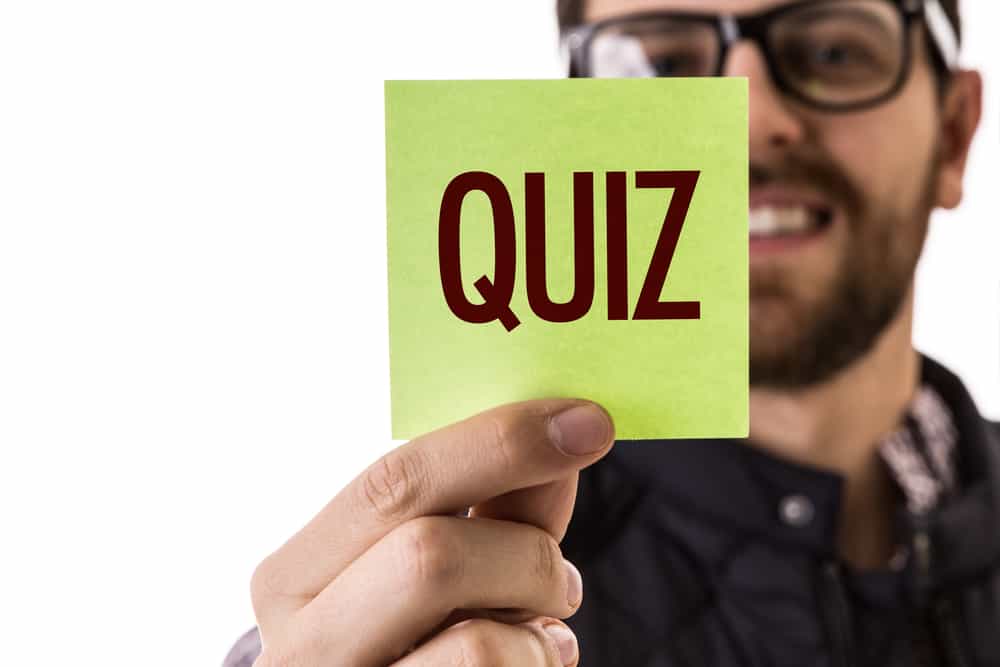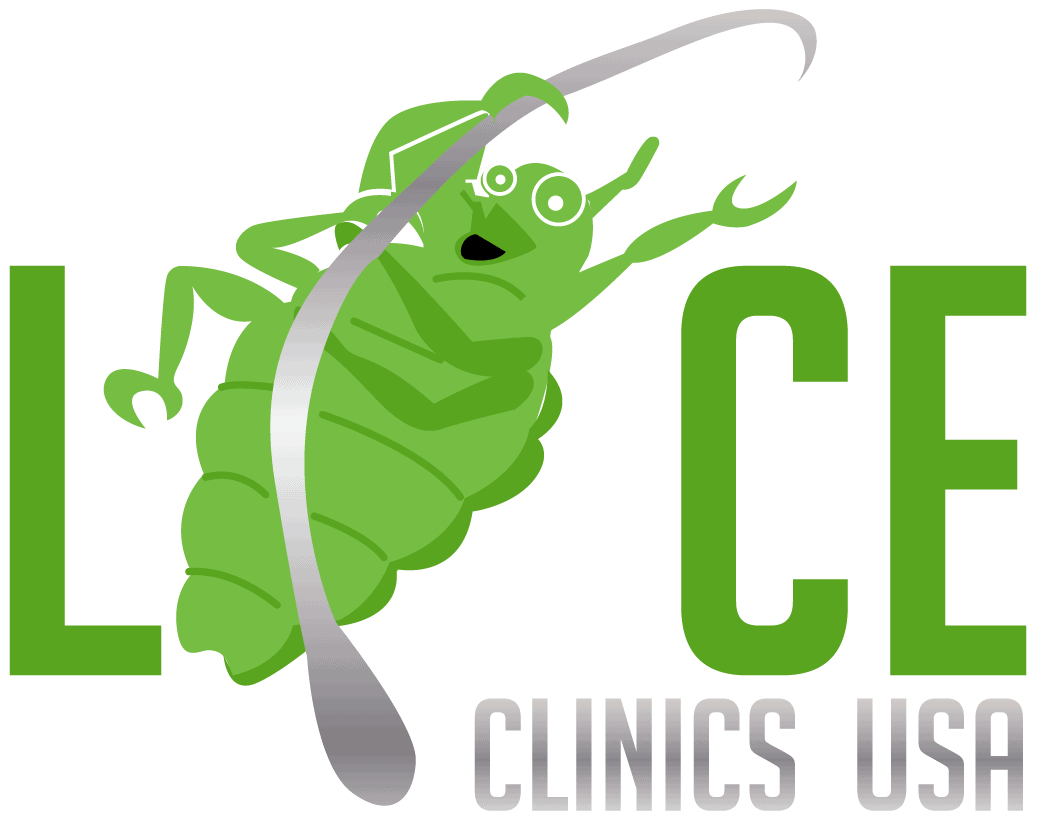Lice are Popping Up Everywhere! Take This Quick Quiz to See If You’re Prepared.

Today parents everywhere are hearing new terms things like “super lice” and “lice clinic” that were never a thing before. The most important fact about head lice is no one is immune. Any child is susceptible. For that reason, every parent should learn what lice are, how they are contracted, the safest ways to eliminate them and where to turn for help if your family has a head lice problem.
Think you are in the know? Take this quick head lice quiz to see how well armed you are against head lice in your home.
Question #1 – How is head lice most often contracted?
- Direct head to head contact with someone who is infected.
- By wearing other people’s hats, sharing brushes or using the same towel.
- Riding public transportation, such as an airplane seat, taxis or bus seat backs.
Question #2 – What are super lice?
- Head lice that have developed the ability to fly, making it much easier for them to infect many people.
- Head lice that have are able to hold their breath for up to 10 hours. This allows them to be unaffected by shampoos or water.
- Head lice that have build up immunities to the active ingredient in over the counter shampoos.
Question #3 – How many head lice does a person have with an average infestation?
- 100- 200 adult head lice
- 10-12 adult head lice
- 20-30 adult head lice
Question #4 – How will I know if my child has head lice?
- They will show symptoms of itchiness and be scratching right away.
- Symptoms usually take about two weeks to start, including red spots, bumps, rashes, and itchiness. Nits, or lice eggs, will be laid at the base of the scalp and yellowish in color.
- The only way to tell if your child has head lice is to find an adult louse on their head. Nits, lice eggs are not visible to the human eye.
Question #5 – Who is most likely to contract head lice?
- Children between the ages of 3-11 are the most likely.
- Adults who take the bus and/or fly frequently.
- Elderly people are most likely to contract head lice because they don’t wash their hair very often.
Ready to see how you favored? Check out the answers below and maybe learn a little something in the process!
Answer #1 – Direct head to head contact is by far the most common way that head lice are passed from person to person. This is the reason that children are more prone to head lice than others. Children lack the ability to recognize personal space and they spend much more time playing and being close together.
Answer #2 – Super lice are head lice that have build up immunities to the active ingredient in over the counter shampoos, pyrethrin. This product has been used in various, common treatments since the early 1990s and therefore the head lice have adapted and are able to survive treatments.
Answer #3 – The average head lice infestation is about 10-12 adult head lice. Obviously, there are cases that get much worse. However, usually by the time head lice are detected and are treated this is the average number present.
Answer #4 – Symptoms do usually take two weeks to start. This is because it takes head lice two weeks for their new eggs to hatch and more active lice to be present on the scalp.
Answer #5 –The Centers for Disease Control and Prevention tell us that children between the ages of 3-11 are most likely to contract head lice. Although, this also makes adults living with a child these ages much more likely than other adults to catch head lice as well.
